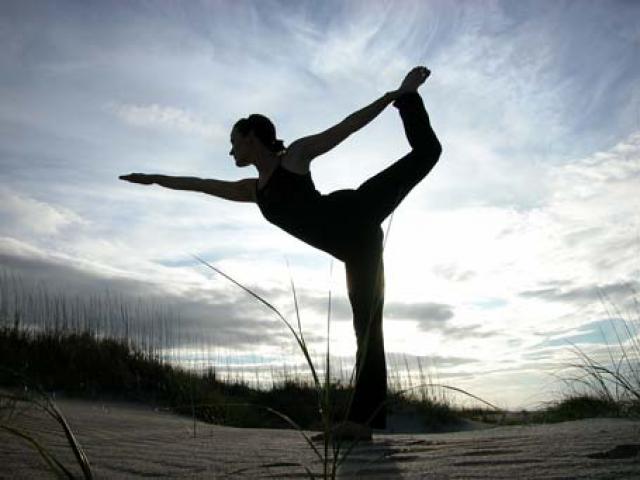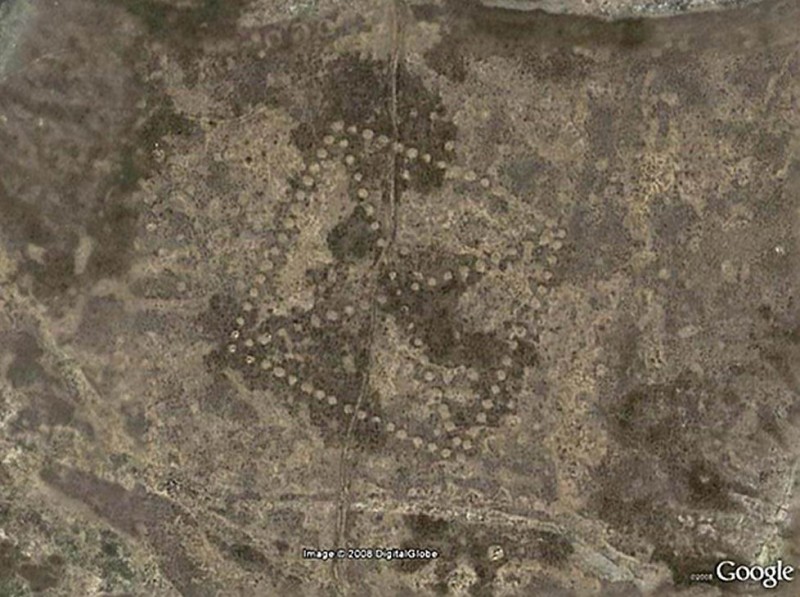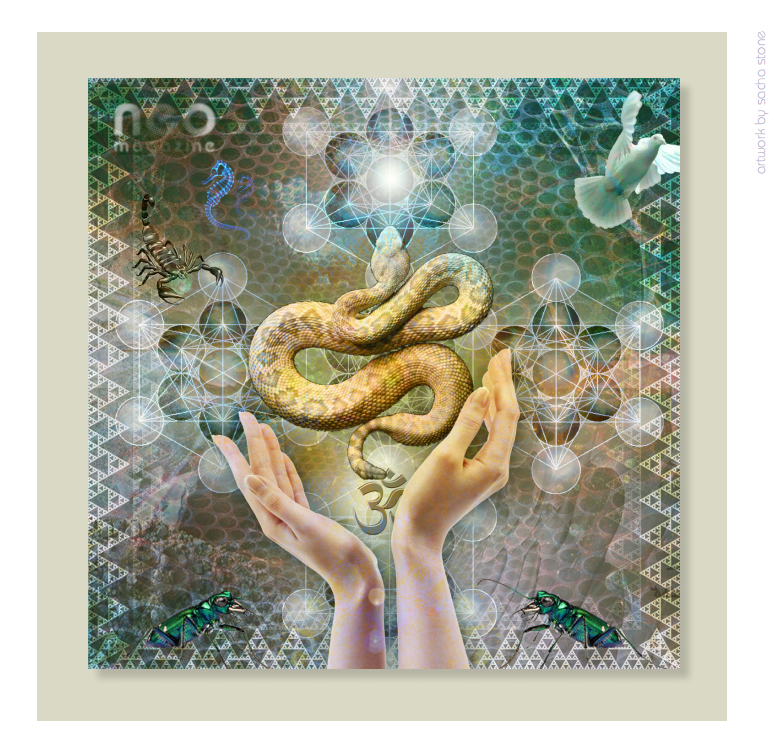To give you some understanding of what fascia looks like, imagine an orange after you’ve peeled away the skin. Inside is the juicy pulp which is encased in a very thin white membrane. Our fascia is akin to this. It attaches to every part of us creating a connective network which has an impact on every aspect of our bodies. Ida Rolf discovered that the key to realigning our bodies was not through muscular or bone manipulation, but instead, through our fascia. With this awareness, she designed the 10-Series to address the whole body.
“The goal of the 10-Series is to systematically balance and optimize both the structure (shape) and function (movement) of the entire body over the course of ten Rolfing sessions,” said Sook Fun, certified Rolfing practitioner.
The 10-Series is as follows:
 Sessions 1-3: is called the “sleeve” sessions. The goal in these sessions is to loosen and balance surface layers of connective tissue. Specifically, the first session is devoted to enhancing the quality of breath through work on the arms, ribcage and diaphragm. Opening is also facilitated along the upper legs, hamstrings, neck and spine. The second session helps give the body a stable foundation by balancing the feet and muscles of the lower legs. The third session typically involves a “side view” for an understanding of how the head, shoulder girdle, and hips are positionally related to one another when standing under the influence of gravity. Then, the body is addressed within the context of this new vision.
Sessions 1-3: is called the “sleeve” sessions. The goal in these sessions is to loosen and balance surface layers of connective tissue. Specifically, the first session is devoted to enhancing the quality of breath through work on the arms, ribcage and diaphragm. Opening is also facilitated along the upper legs, hamstrings, neck and spine. The second session helps give the body a stable foundation by balancing the feet and muscles of the lower legs. The third session typically involves a “side view” for an understanding of how the head, shoulder girdle, and hips are positionally related to one another when standing under the influence of gravity. Then, the body is addressed within the context of this new vision.
Sessions 4-7: are referred to as “core” sessions and examine terrain found between the bottom of the pelvis and top of the head. The idea of core also includes the deep tissue of the legs for its role in support. Session four begins this journey, its territory extends from the inside arch of the foot and up the leg, to the bottom of the pelvis. The fifth session deals with balancing surface and deep abdominal muscles to the curve of the back. Session six seeks to enlist more support and movement from the legs, pelvis and lower back, while the seventh session turns its sole attention to the neck and head.
Sessions 8-10: emphasize integration. The practitioner has an opportunity to blend previously established advancements, and ones yet to be made, into the body in a way that encourages smooth movement and natural coordination. During sessions eight and nine, the practitioner is free to decide how best to achieve this integration, as the protocol is unique for each individual.
The tenth and final session is also one of integration, but more importantly, serves to inspire a sense of order and balance. Once completed, the wisdom of the Rolfing Ten Series will drive and support the body with health for years to come.
As the Rolfing practitioner works with realigning the client’s fascia during the Ten Series, some fascinating changes can occur. Crooked spines can noticeably become straighter or a person can even become taller with corrections to his or her posture.
So why do our bodies get out of alignment? There are varying reasons that can contribute to this. For example, when we have an accident or experience an emotional trauma, our body stores this. So let’s say you are walking down the street in Denpasar and you accidentally fall into one of those insane holes in the middle of the sidewalk and twist your ankle. The energy in your body will go directly to your ankle to try to protect it. Subsequently, the site of the injury will become very dense and the energy will stay there.
In order for the energy to dissipate, you’ll need to work on the injured area and learn how to move correctly again. With Rolfing, the practitioner can manipulate your fascia through gentle adjustments so that the accumulated energy will start moving again and the dense tissue will gradually dissipate, allowing a natural reconnection with the rest of your body again. The accumulated energy is what we call a ‘protective mechanism.’ Whenever we have a trauma no matter what level it is, a lot of the energy goes there to protect us. Our bodies have their own consciousness which allows for this to occur. Through Rolfing, a communication occurs which lets the body know that it’s safe to let go now.
 “As we clear the blockages in our bodies, there is a direct correlation to our state of mind. That’s why many people who have done the Rolfing 10 series often find themselves making changes in their lives. However, I often tell clients not to make drastic changes during this time, because it’s a good idea to allow time for your body to fully integrate all of the changes that have occurred,” said Sook Fun.
“As we clear the blockages in our bodies, there is a direct correlation to our state of mind. That’s why many people who have done the Rolfing 10 series often find themselves making changes in their lives. However, I often tell clients not to make drastic changes during this time, because it’s a good idea to allow time for your body to fully integrate all of the changes that have occurred,” said Sook Fun.
“When our bodies experience both emotional and spiritual changes, you also want change. That level of beingness wants to catch up as well, so it’s a mirror – they reflect each other.”
“If you see someone who has a hip problem, maybe the problem isn’t in the hip. Or, the hip is actually affecting the neck. Rolfing is not a pain therapy, but many times relief from pain can occur as a side effect. However, if this is your main goal you should seek out another alternative. We’re looking at the bigger picture – we’re teaching you how to move so that you can sustain your overall wellbeing. When the whole body has been restructured, it’s very likely that the pain will go away and never come back again. That’s the beauty of Rolfing. ”
For more information about Rolfing please visit: www.movementmatters-bali.com.
Michele is an Access Bars Facilitator & Body Process Facilitator, Hypnotherapist Energy Medicine practitioner, Transformational Coach, teacher & writer who offers a variety of tools for empowering people to know that they know. She has lived on Bali for 11 years & incorporates the indigenous spiritual qualities within her unique practice, providing a transformational healing experience for everyone she encounters
Copyright 2014 © Michele Cempaka
Originally posted @ New Earth Institute









